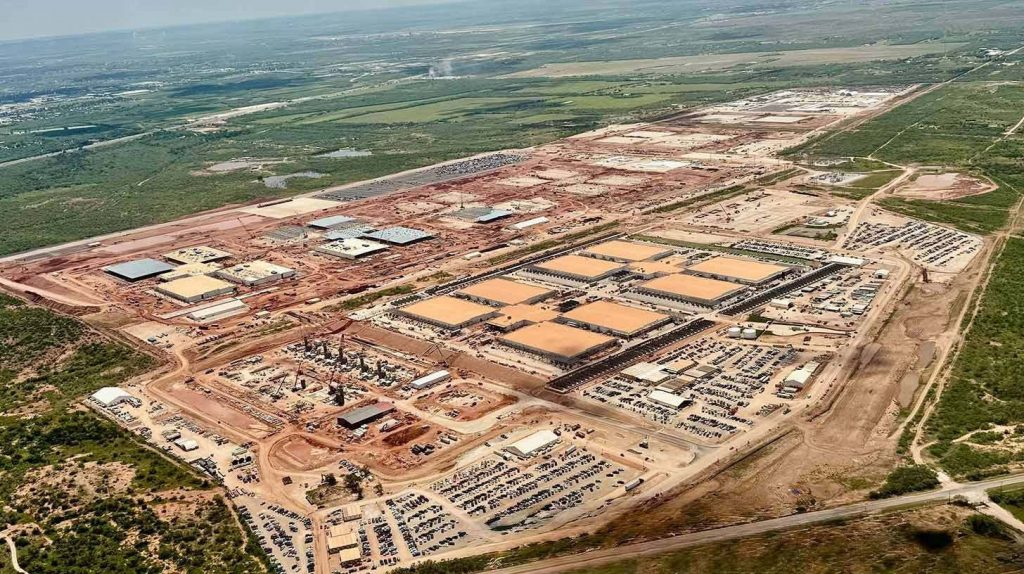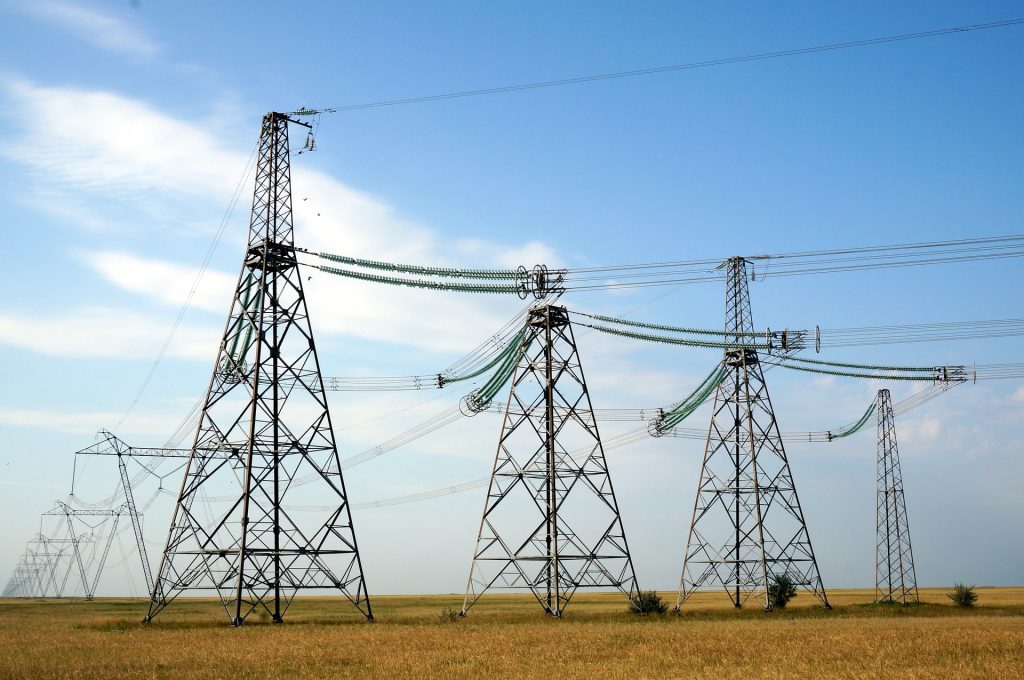In January 2025, OpenAI, SoftBank, and Oracle unveiled the Stargate Project, a $500 billion initiative to build the most advanced AI infrastructure in history. Promising to supercharge U.S. competitiveness and technological dominance, Stargate was pitched as a moonshot for artificial general intelligence (AGI), national security, and economic growth. But six months later, the project is sending mixed signals—celebrated by some, stalled by others, and increasingly scrutinized for its energy appetite and environmental consequences.

🚧 The Cracks Beneath the Surface
Despite its grand unveiling at the White House and an initial $100 billion earmarked for deployment, Stargate has hit major roadblocks. Internal disputes between OpenAI and SoftBank over site selection and governance have stalled progress, with plans scaled back to a single facility in Ohio. Oracle’s $30B annual deal with OpenAI for 4.5GW of data center capacity is moving forward independently, but SoftBank’s role remains uncertain2.
Elon Musk, never one to hold back, summed up the skepticism: “They simply don’t have the money”.

⚡ Energy Demands: A Hoover Dam-Sized Appetite
The scale of Stargate’s energy consumption is staggering. Oracle’s deal alone will power data centers with the equivalent output of two Hoover Dams. The Abilene, Texas site—already under construction—will feature a $500 million natural gas plant authorized to emit 1.6 million tons of greenhouse gases annually, alongside 14 tons of hazardous air pollutants.
To put this in perspective:
- A single hyperscale data center can consume 20–50 MW of power.
- Stargate’s full buildout could require 15 GW, rivaling the electricity usage of a small nation.

🌍 Environmental Impact: The Hidden Cost of AI
While Stargate promises innovation, its environmental footprint is raising alarms:
🔥 Fossil Fuel Reliance
Despite some solar and battery integration via SB Energy, Stargate’s reliance on natural gas remains dominant. Environmental groups have criticized this approach, urging a shift to renewables8.
🏞️ Land Use & Habitat Disruption
Massive data centers require extensive land, often leading to deforestation and biodiversity loss.
💧 Water Consumption
Cooling systems for high-end servers demand significant water resources, straining local supplies—especially in semi-arid regions like Abilene.
🧠 Health Risks
Residents near the Abilene site face increased risks of asthma, respiratory infections, and chronic lung disease due to proximity to the gas plant.

🔋 Renewable Potential: A Missed Opportunity?
Stargate could be a catalyst for clean energy innovation—if it chooses to be. Solar, wind, and small modular nuclear reactors (SMRs) have been floated as alternatives9. But without a clear commitment, the project risks locking the U.S. into decades of carbon-heavy infrastructure.
🧮 Economic Tradeoffs
While Stargate touts job creation, the numbers are fuzzy. Abilene expects 357 permanent jobs, despite 1,500 construction workers on-site. Meanwhile, Crusoe—the developer—received an 85% property tax break, costing the city billions in potential revenue.
🧠 Strategic Fragmentation
OpenAI has splintered Stargate into multiple efforts:
- The Oracle deal is independent of SoftBank.
- A separate UAE Stargate initiative involves Nvidia and Cisco.
- The original U.S. venture remains mired in governance disputes.
This fragmentation undermines the unified vision once promised and raises questions about long-term viability.

🥜 The Final Nut
Stargate was pitched as the backbone of America’s AI future. But beneath the glossy press releases and billion-dollar contracts lies a complex web of energy dependency, environmental risk, and strategic disarray. If OpenAI and its partners truly aim to “elevate humanity,” they must confront the carbon cost of intelligence and commit to transparent, sustainable infrastructure.
Otherwise, Stargate risks becoming less a gateway to the future—and more a monument to ambition without accountability.
Leave a comment below or Contact Us with any questions.
🔗 Embedded Sources
- OpenAI confirms $30B Oracle deal
- Stargate stalls amid internal disputes
- Environmental hazards in Abilene
- Energy demands and sustainability challenges
- Solar industry perspective on Stargate
- Built In: Stargate’s environmental concerns
- The $6B Fusion Pivot: The Trump Media–TAE Merger (and the Internet Rumors It Accidentally Ignited)
- DOE’s Genesis Mission: The Federal AI Grid Behind the Collaboration Hype
- Stanford’s AI Experts Predict 2026: From Evangelism to Evaluation
- “Trump’s U.S. Tech Force-Innovation or Bureaucracy in Disguise?”
- Drone Swarms, AI, and the March Toward Automated Control: A Warning for Humanity


Leave a Reply